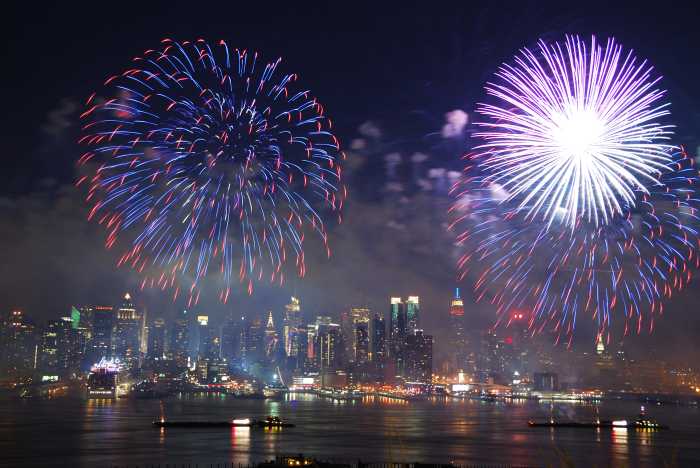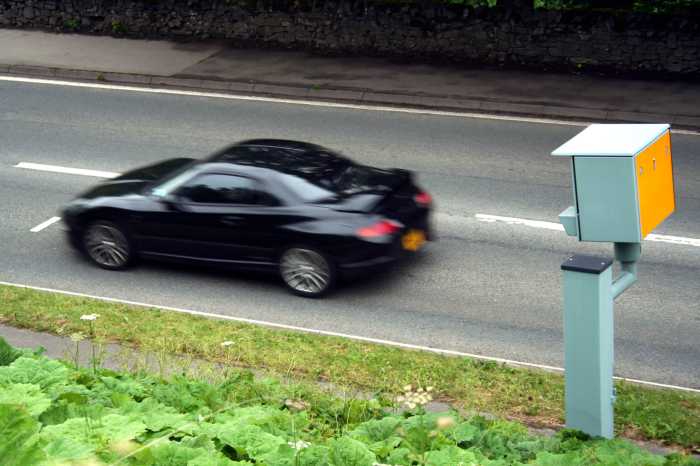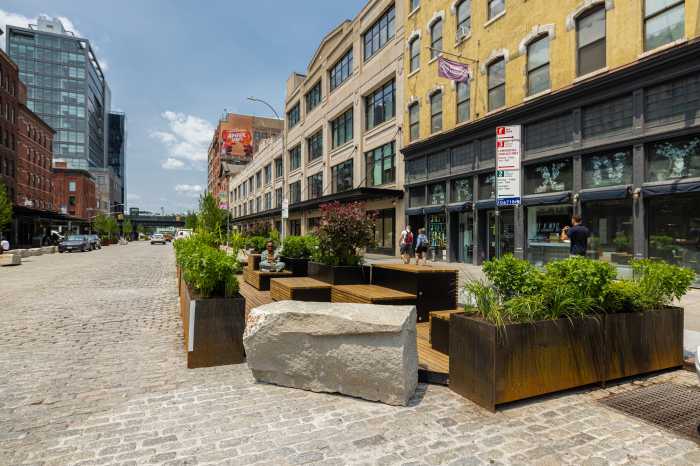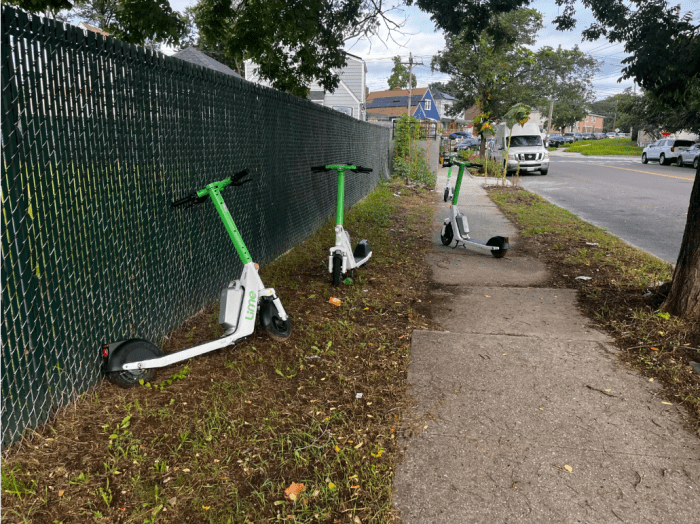Thurs., March 26 – Wed., April 1
ALTERNATE SIDE PARKING RULES ARE IN EFFECT ALL WEEK
In case last Sunday’s toll hikes didn’t make your commute sluggish enough, closures this Thursday night will create extra traffic turbulence getting to Lower Manhattan.
Under the Hudson River, the Lincoln Tunnel’s south tube to New York will close 11 p.m. Thursday to 5 a.m. Friday, sending inbound traffic south to the Holland Tunnel. No easygoing there either, since one New York-bound lane will close during the same hours.
Planning to head in across the East River? All Manhattan-bound lanes of the Brooklyn Bridge will close 11 p.m. Thursday to 6 a.m. Friday. That means drivers will take the Manhattan or Williamsburg bridges instead and traffic will be extra heavy on Canal and Delancey Sts.
The Brooklyn Bridge will also close all Manhattan-bound lanes midnight Friday to 7 a.m. Saturday, and 11 p.m. to 6 a.m. Monday through Thursday nights.
On West St./Route 9A, one southbound lane will close from Vesey St. to West Thames St. 10 a.m. to 3 p.m. Thursday and Friday.
The Stone St. Pedestrian Mall will close Stone St. between Broad St. and Hanover Sq. and Mill Ln. between William and Stone Sts. 11 a.m. to 10 p.m. daily.
From the mailbag:
Dear Transit Sam,
I am a N.Y.C. bicycle rider. There appears to be a relatively new practice around building construction sites. More often now than ever, I run into areas where the sidewalk has been pushed out into the street, limiting the width of the pedestrian way, and reducing the number of lanes available to vehicles.
What’s going on with these? Is this practice in greater use today? In the past the construction site would be separated from the sidewalk by a temporary wall. The sidewalk would remain open, and there would be no reduction in the number of lanes available for vehicular traffic.
Al, New York
Dear Al,
You’re seeing more of these in part because of the building boom and also the insistence by D.O.T. that pedestrians not be forced to cross a street but keep on the side of the street they started on.
Sometimes this means temporarily removing a lane of parking or even a moving lane so that the “sidewalk” can be maintained around the construction site. Whether or not these temporary walkways are created in the street or within the bounds of the property itself has to do with the specifics of each construction site and the construction staging.
Transit Sam
Email your traffic, parking and transit questions to transitsam@downtownexpress.com. Follow me @GridlockSam and check www.GridlockSam.com for more updates on the latest traffic news.





































